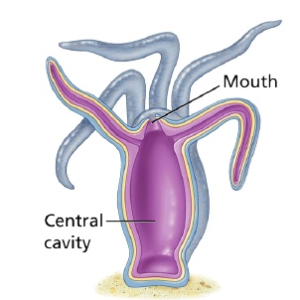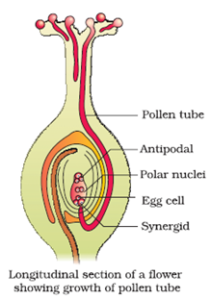Science > Biology > Zoology > Criteria for Animal Classification In this article, we shall study the criteria for animal classification. Animals are classified as follows: On the Basis of Number of Germ Layers: Animals in which the cells are arranged in two embryonic layers, an external ectoderm, and an internal endoderm, are called diploblastic […]
Criteria for Animal Classification



